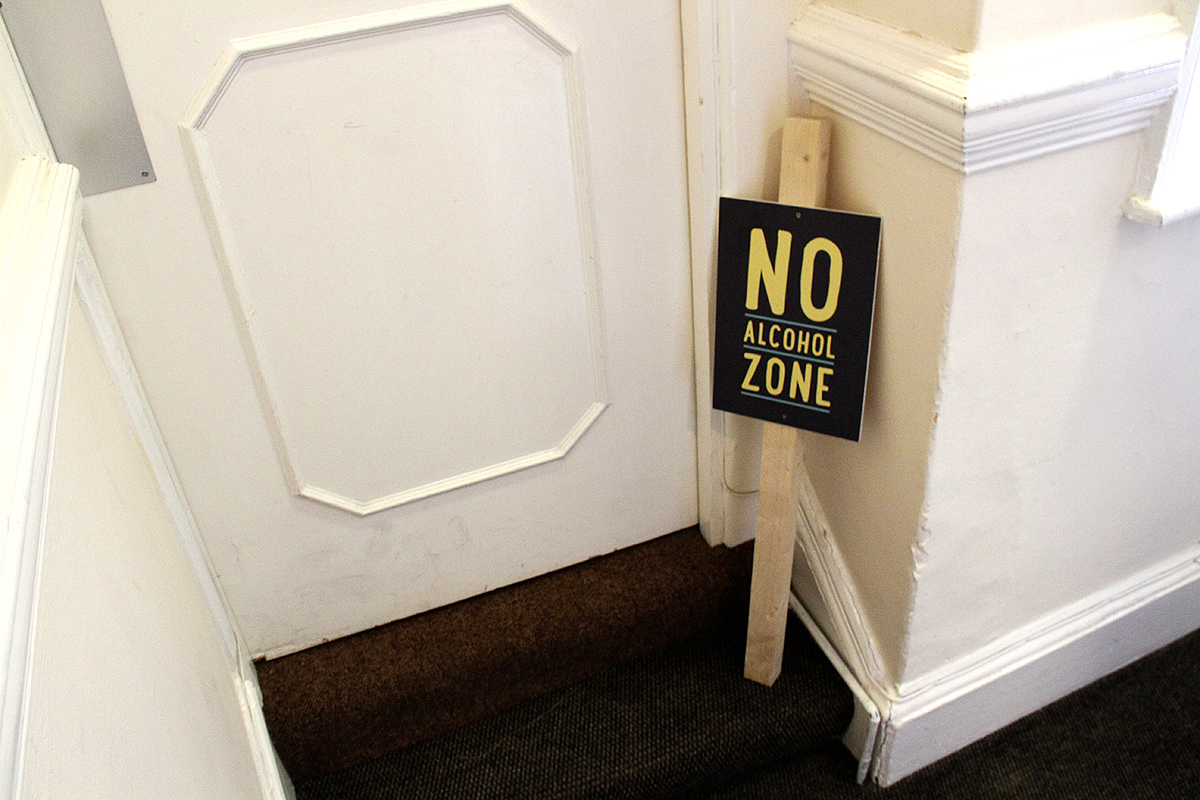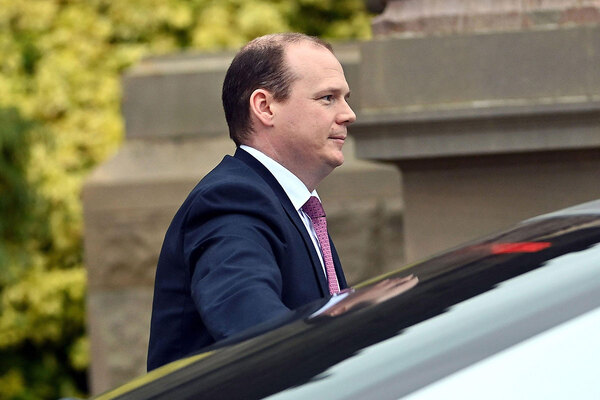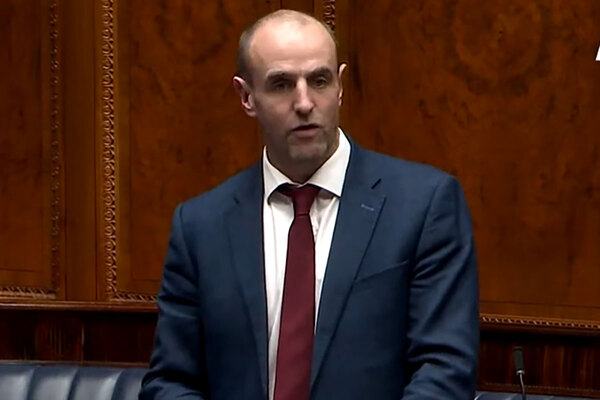You are viewing 1 of your 1 free articles
Dry houses: what are they and why are they disappearing?
Following austerity cuts, it is becoming harder for councils to provide dry houses for recovering addicts. Danielle Aumord explains why these services can mean the difference between life and death. Pictures by Danielle Aumord and Getty
Peter* is a recovering alcoholic. He’s east London born and bred but he’s currently living more than 100 miles away in Bournemouth.
That is because Peter is living in one of the country’s few remaining so-called ‘dry houses’ for recovering addicts. Tenants here are not allowed to use illegal drugs or alcohol on or off the premises.
“This place is doing what it says on the tin – it’s all dry in here,” Peter explains. “One person relapsed recently – they tested negative and they got kicked out.”
Despite being away from home, Peter says that he is happy to have somewhere ‘dry’ to live in the early stages of his recovery.
“I’m grateful not to be living in some hostel where residents are allowed to drink or use drugs,” he tells Inside Housing. “The temptation would do my nut in. My track record says it all – I’ve been to rehab five times,” he says.
Peter is in Bournemouth because many councils, including Newham, where he is from, can no longer fund these services. Responses to a Freedom of Information Act (FOIA) request reveals that 13 out of 32 London boroughs have had no dry house provision for a decade. There are also none in Birmingham or across the whole of Scotland and Wales.
In 2009, there were 23 dry houses in London; now there are just 17. Councils blame the government’s austerity drive for their disappearance. In some instances, councils have the option of paying for out-of-borough detox facilities for recovering addicts, as was the case with Peter.
“We don’t commission a dry house service but depending on an individual’s circumstances, we will spot-purchase these facilities,” explains a spokesperson for Newham Council.
The house where Peter now lives is run by Street Scene, an organisation that has been providing rehab facilities on the South Coast for 26 years.
The charity leases 46 units plus office space from property developer and estate agent JDM Executive Homes. One-bedroom flats cost £156 per week, which is paid for via residents’ housing benefit. Residents also pay up to £25 a week for utilities.
A three-month care and support package at the dry house costs £1,440 per client, which also helps to cover running and administrative expenses. This is paid for by local authorities who send their clients there.
It is rare for drug and alcohol charities to partner with the private sector in this way but in this case it seems to be working. A spokesperson for JDM says: “We don’t have many rental voids in these properties as a result.”
Resettlement manager Helen Adams tells Inside Housing that it is also working for the clients, especially given the outlay that has already gone on covering rehab for recovering addicts.
“It costs £8,500 for a three-month stay at a Street Scene rehab centre and so social workers see the aftercare programme at Unity [the dry house where Peter lives] as a good investment financially to keep their clients clean from drugs and alcohol,” she explains. “They tell us that many of their clients experience a high level of relapse, death or go back to prison, and that a few months’ aftercare here can help to stem that.”
Last year, Unity had 102 clients, of which 78 received funding from local authorities outside of Bournemouth and eight received a charity bed for free. More than 80% have remained clean and sober, with only 17 having had a relapse, while two others died after returning to their communities.
“One person relapsed recently – they tested negative and they got kicked out”
The loss of dry houses is worrying for recovering addicts; without a bed space, they may have to forgo the support they could receive before moving on to independent living. This support can include counselling, help with benefits, training and help to look for employment. They may also be forced to return to accommodation where other tenants are allowed to use drugs and alcohol.
Claire Davison, the manager at Street Scene and a recovering addict herself, explains what the fallout might be for those leaving rehab who are unable to get space in a ‘dry’ facility: “A lot of our clients have their treatment paid for by local authorities and by not providing safe and supportive aftercare, clients are coming out of treatment and being left vulnerable, which is a shame because so much money has been spent on getting them clean.”
In Kensington and Chelsea, recovering alcoholic Nisreen* tells Inside Housing that after five months in rehab, she has been placed in a hostel where residents are allowed to drink and use drugs.
“They had no dry house spaces for me so the council placed me in a hostel where people can use,” she says. “But I’m coping by going to Alcoholics Anonymous meetings and seeing my key worker for counselling.”
The Royal Borough of Kensington and Chelsea (RBKC), which funds its dry house provision out of its housing budget, has lost 50% of this provision in the past decade. It now funds one dry house as opposed to two in 2009. An RBKC spokesperson says: “We do a huge amount with our partners to support people who are struggling with addiction but local government funding is being reduced. We are being forced to save over £40m in the next two years alone.”
The Ministry of Housing, Communities and Local Government says that councils are responsible for making decisions on how to spend their allocation, including the commissioning of dry houses. A spokesperson adds: “We provided authorities with access to £45.1bn last year (2018/19), increasing to £46.4bn this year (2019/20), to meet the needs of their residents, and this year’s local government finance includes extra funding for local services, supporting some of our most vulnerable groups.”
Some councils, including Lewisham and Bournemouth, cite the removal of ringfenced Supporting People funding in 2009 as a key factor in the reduction in support for dry houses. Lewisham has lost two-thirds of its abstinent bed spaces since the removal of the ringfence (25 out of 37), and has since been using its general fund to keep the remaining spaces going.
A council spokesperson says: “These services, along with all others in Lewisham, have been impacted by a continued reduction in core funding by government. Since 2010/11, the council’s government funding has been cut by 63%. The effect of these changes has meant the council has made over £174m in cuts to its budget from 2010/11, including £9m of cuts in 2019/20, in order to produce a balanced budget as required by law.”
Some councils, including Lewisham and Bournemouth, cite the removal of ringfenced Supporting People funding in 2009 as a key factor in the reduction in support for dry houses.
Bournemouth Council funds dry houses out of its housing support budget. This was £11m in 2009/10, with £384,866 used to fund eight dry houses, accounting for 3.5% of the budget. In 2018/19, it had a £3.8m housing support budget and spent £53,467 on a single dry house, accounting for 1.5% of the budget.
Bournemouth Council says it costs £185,714 annually to run one supported dry housing project, including commissioned support and rent.
A council spokesperson says: “Pressures of central government cuts due to austerity measures since 2010 – and the Supporting People budget in 2009 – have led to large reductions in the dry houses budget.”
Liverpool City Council is one local authority that has bucked the trend. In 2009, it had no dry houses and now funds two. The council has managed this by pooling together its adult social care and public health funding.
A council spokesperson explains: “We have increased funding for abstinence-based accommodation as a part of the £12m we invest annually in addiction services because service users have told us about the importance of ongoing support and access to good-quality housing to assist their recovery, especially where they may be at risk of returning to an environment where they could relapse.”
Tim Sampney, an ex-heroin addict who now runs social clubs and well-being services in London for recovering addicts, says that austerity alone is not the cause of the reduction in services.
“There are no statutory obligations to provide dry houses – only for prescriptions for detox drugs – making them an easy target to shut down,” he explains. “Councils are doing the best they can with a shrinking pot of money.”
Mr Sampney, who is 15 years clean from drugs, works with seven London boroughs. With a grim look on his face, he adds: “With Brexit, everything else has been sidelined. It’s rough out there and it’s only going to get worse. I don’t think that there are any alternatives to dry houses for people leaving rehab, and inevitably with the cutbacks, more people with substance misuse problems are going to die.”
*Names have been changed












